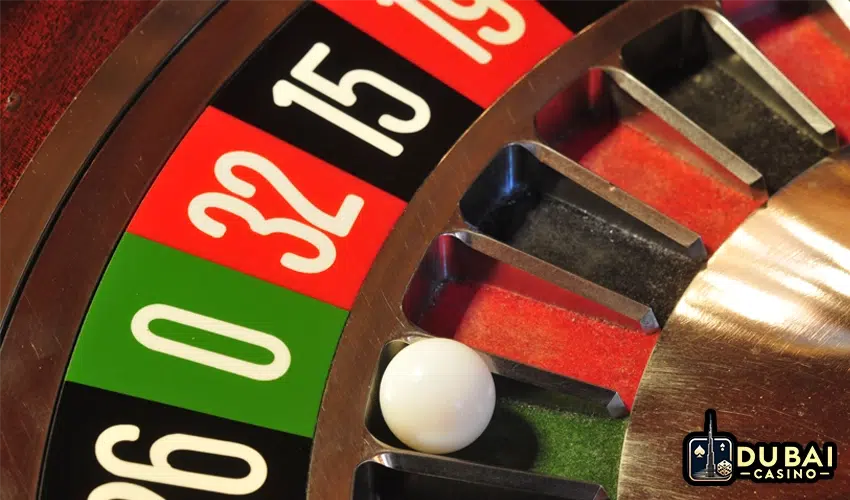Structure of a Standard Roulette Wheel
A standard wheel is a masterful design of precision and symmetry intended to ensure fair play in roulette games. The wheel’s structure is divided into two main parts: the static bowl and the dynamic wheel head. The bowl, typically crafted from solid wood and lined with plastic elements, houses the wheel head. The wheel head, or rotor, is the heart of the wheel, rotating within the bowl on a spindle, supported by metal bearings for smooth motion.
Numbered Pockets and Layout
| Wheel Type | Zero Pockets | Color Sequence | Number Range | Impact on Odds |
| European | Single Zero | Red/Black | 1-36 | Lower House Edge |
| American | Double Zero | Red/Black | 1-36 | Higher House Edge |
| Layout | Balanced | Red/Black/Green | 1-36, 0, 00 | Fair Play Ensured |
The wheel head features numbered pockets ranging from 1 to 36. It also has alternates between red and black colors and one or two green pockets for zeros. European wheels have a single zero, while American wheels include an additional double zero, which significantly impacts the game’s odds.
The layout of these numbers is meticulously arranged to balance high, low, odd, and even numbers, as well as the colors. So, this arrangement is crucial for the game’s integrity, ensuring no predictable patterns could be exploited.
Variations of Roulette Wheels
Different types of roulette wheels exist, primarily European, American, and French. With a single zero, the European wheel offers a lower house edge, making it a favorite among players. The American wheel’s extra double zero pocket increases the house edge, presenting a greater challenge. The French wheel has various similarities with the European wheel but includes unique betting rules that can further reduce the house edge.
How Do Online Roulette Wheels Work?
Online roulette wheels at an online casino operate on a principle of fairness and unpredictability. Unlike physical wheels, they don’t rely on physical forces but on a Random Number Generator (RNG) to determine outcomes.
When you place a bet and hit “spin,” the RNG algorithm generates a random number corresponding to a virtual wheel slot. The process ensures each spin is independent, with odds and payouts identical to live games. The digital format allows for quick, unbiased results, maintaining the classic roulette experience in an online setting.
Roulette Betting Layout: Where to Place Your Bets
The roulette table’s betting layout is the strategic battlefield for players. It is divided into two sections: inside and outside bets.
Inside Bets
Inside bets are placed on the numbers, offering higher payouts but lower odds of winning. These include straight-up bets on a single number, split bets between adjacent numbers, and corner bets covering a square of four numbers.
Outside Bets
On the other hand, outside bets cover larger portions of the wheel with better odds but smaller payouts. These bets include wagering on red or black, odd or even, and high (19-36) or low (1-18) numbers. In addition, players can bet on columns or dozens, each encompassing 12 numbers.
Final Words About Roulette Wheels
The roulette wheel’s design, whether European, American, or French, is a marvel of engineering that ensures fairness and unpredictability. The number of slots and their arrangement are pivotal to the game’s integrity, affecting the odds and offering players a chance to strategize for potential wins.







